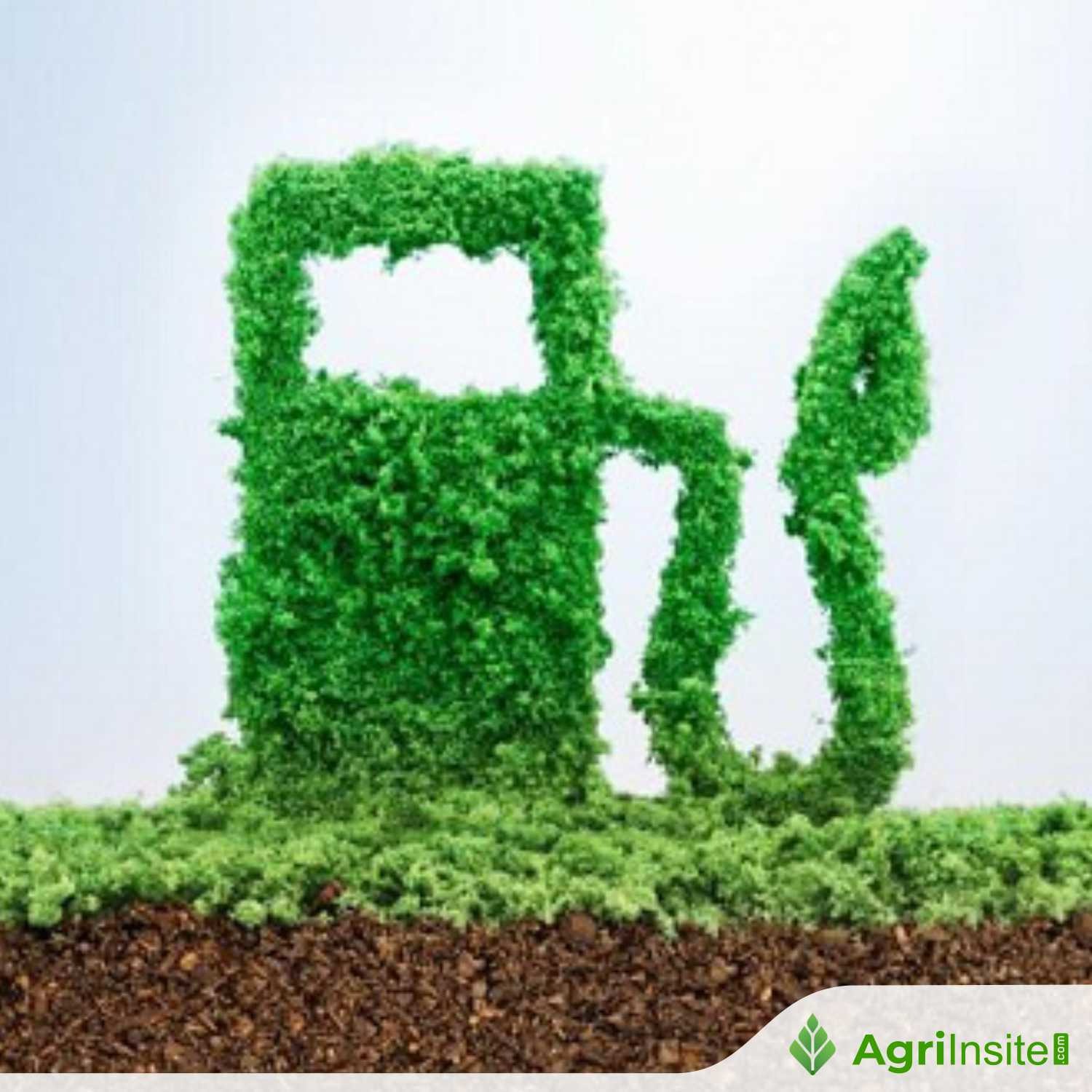Ethanol earmarked for European road-use could go to other transport ends: Raizen, Brazil

Brazilian energy company Raízen plans to ramp up its second-generation (2G) cellulosic ethanol production, targeting 270 million liters per year by 2025, with an increase to 686 million liters by 2028. Currently focused on European markets, Raízen sees opportunities in sustainable aviation fuel and maritime biofuels due to growing global demand. The company also explores utilizing lignin from its production process for advanced biofuels and materials.
Brazilian energy company Raizen sees potential for its waste-based ethanol, currently overwhelmingly earmarked for European road users, to grow its share in other transport applications as it ramps up capacity of the second-generation fuel over the next few years, a company official said in an interview.
The company expects to have around 270 million liters/years of nameplate capacity of second generation (2G) cellulosic ethanol by the end of 2025 across three roughly 80 million liter/year plants and one 30 million liter/year facility, Paulo Corte-Real, Global VP of Trading, told S&P Global Commodity Insights.
In terms of projected output, Raízen plans 148 million liters, or 148,000 cu m, of output by the end of the 2025, allowing for ramp-ups, and this rises to 686 million liters by the end of 2028. This is from a starting point of 30 million liters in 2022.
The residue-based biofuel typically has up to a 90% lower carbon footprint compared to oil-based gasoline and is currently sent to Europe, where it meets stringent renewable energy criteria for advanced biofuels that do not compete with food crops.
The majority of the fuel from the plants — around 80% — is already contacted to buyers in Europe under 5-10 year terms, with the remaining 20% to be sold on the spot market, likely into Europe too, Corte-Real said.
“All the contracts were based on road transportation first… They will provide the ability to switch if another industry is more efficient and provides better economics,” he said.
There is mounting demand for sustainable aviation fuel worldwide, and ethanol molecules can be converted to SAF via an alcohol-to-jet process. Also, shipping is looking increasingly to biofuels to meet stricter emissions targets mandated by the International Maritime Organization and European Union’s Emissions Trading System.
Global demand for ethanol as a road transport fuel will be 88.73 million metric tons in 2024, rising to 102.5 million mt in 2029, analysts at S&P Global Commodity Insights said in their latest Biofuels Supply and Demand Outlook, 2024. Demand will fall to 76.95 million mt in 2050, amid higher uptake of electric vehicles. SAF demand will rise progressively from 1.85 million mt in 2024 to 111.84 million mt in 2050, the data showed.
Other pathways and outlets
Making cellulosic ethanol involves the production of fuel from bagasse and waste-based feedstock, which comes out of first-generation fuel production. Bagasse is the residual pulp. First-generation ethanol and second-generation ethanol plants are integrated, with sugar production occurring during the E1G process, while E2G focuses on fuel production from bagasse.
Technology developed over the last decade means the leaves can be used for ethanol production and, as an advanced feedstock, complies with the European Union’s Annex IX A requirements under the Renewable Energy Directive.
Other pathways are being developed. Raízen has struck a deal with Dutch biorefinery Vertoro to develop new uses for lignin, a residue from second-generation ethanol (E2G) production, including its conversion into advanced biofuels, chemicals and materials, the companies said in August.
Lignin is one of the three biopolymers that make up the sugarcane bagasse that Raizen uses to produce E2G, but it is not used up in the process. Lignin cake left from ethanol production is currently burned in boilers to generate energy and steam.
It can be burnt in power-generation but with new investments in Brazilian wind and solar this leaves a surplus of energy, while demand for 2G ethanol still outstrips supply, Corte-Real said.
As such, Raízen is looking to develop a high-density, liquid fuel, which is a “residue of a residue,” and will probably be used as a marine fuel, Corte-Real said.
“There is more demand coming not only for road transportation everywhere in the world, but also for these new industries like aviation, with SAF, maritime, bio-bunkers, or bio-polymers on the chemical side of the story, that will require additional supply,” he said.
Platts, part of Commodity Insights, assessed Ethanol T2 FOB Rotterdam barges at Eur714.76/cu m Oct. 24, compared with a five-year average of Eur837.78/cu m. The Oct. 24 number is equivalent to $981.08/mt. Platts assessed SAF on a CIF basis in Northwest Europe at $1,837.25/mt Oct. 24.
Promising economics
Capital expenditure on 2G plants is the biggest economic headache for cellulosic ethanol production and that is where the 5-10 year contracts come in.
“The contracts are very important for us because they de-risk the projects with a minimum price. And after that, we’re looking forward to keep attending other companies,” Corte-Real said.
Once capex is paid off then the running costs for 2G ethanol are lower than for 1G ethanol, he said
Source Link : https://www.spglobal.com/commodityinsights/en/market-insights/latest-news/oil/102524-interview-ethanol-earmarked-for-european-road-use-could-go-to-other-transport-ends-raizen
















